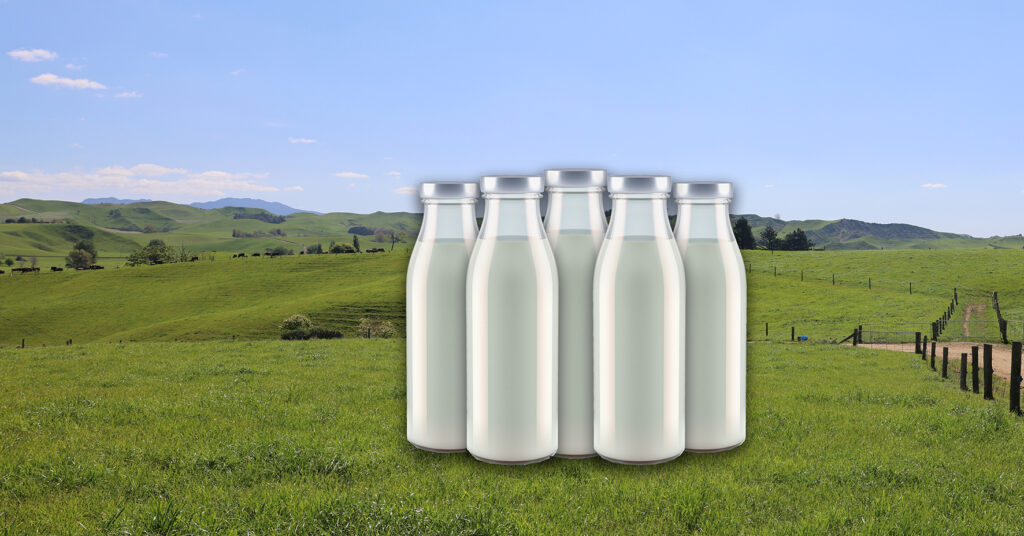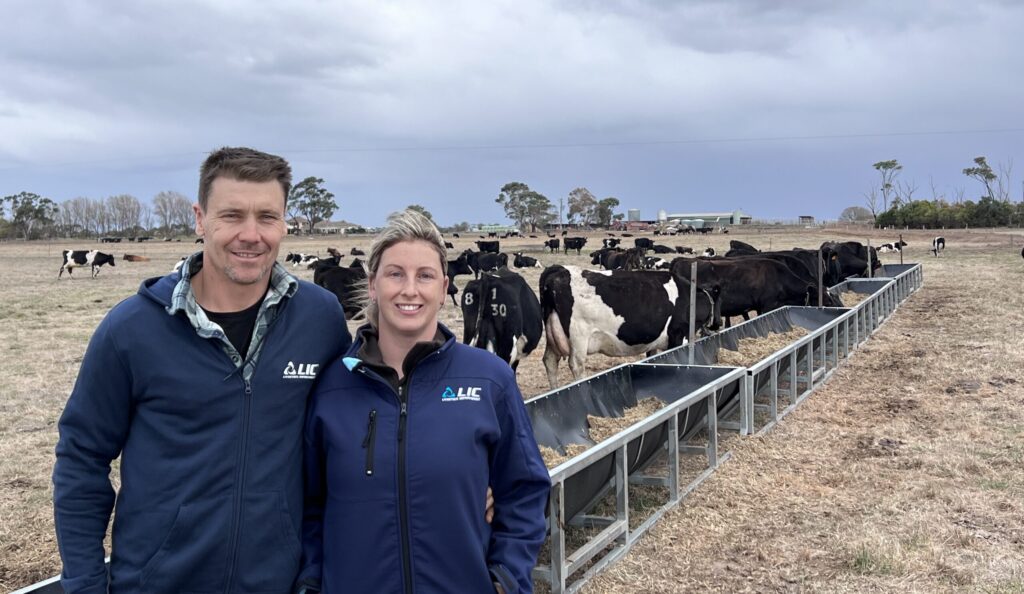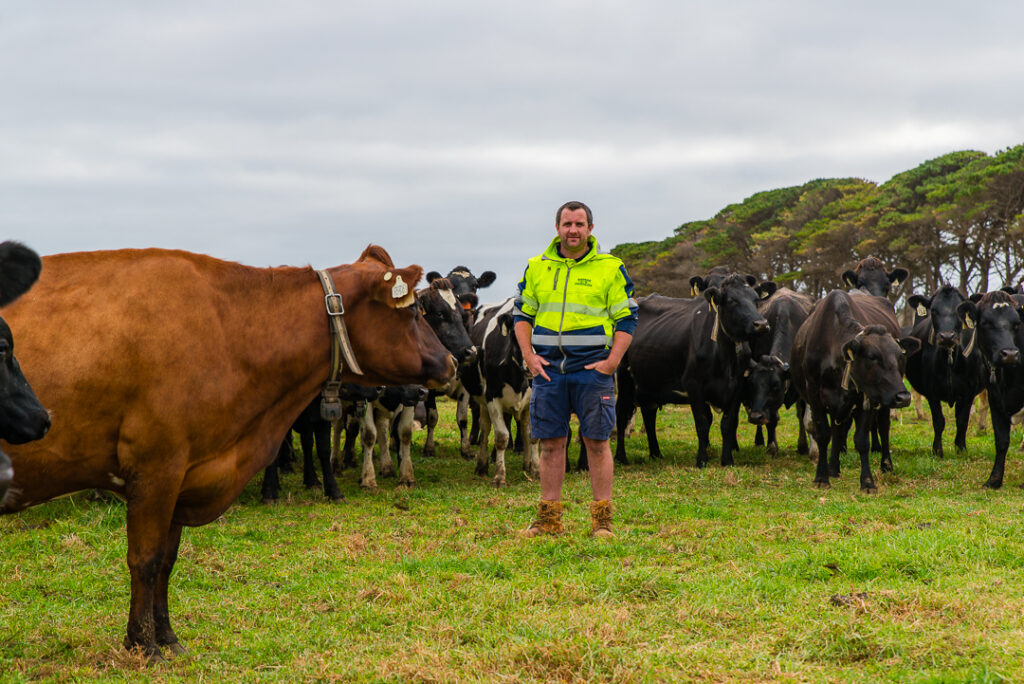Since our visit in 2021, Greg and Kim’s herd has continued to thrive, and we’re excited to learn more about the strategies and management practices that contribute to their remarkable success.
The Peddle farm spans 1650 acres, with 970 acres under irrigation, including the 500 acres dedicated to the milking platform.
Using LIC genetics for 20 years, and running a high-input enterprise, they focus on three key factors: litres, milking speed, and staff retention.
With a herd based on the strong genetics of LIC Holstein Friesian bloodlines, these three benchmarks are helping Greg and his wife Kim find the sweet spot in their production system near Yarram.
Breeding for better milkers
By focusing on selecting bulls for milking speed, Greg can now milk 800-850 cows in the same amount of time it used to take to milk 650. His in-calf rate now stands at around 90%, and he is grateful for the support of a dedicated, long-term workforce.
The herd’s average liveweight is currently between 500 and 550 kg, with each cow producing an average of 9,500 litres.
Average annual production for the herd sits at approximately 700 kgMS per cow. Greg adds, “We used to aim for 12,000 litres per cow, but we found that this impacted fertility, so we scaled back and have now found the perfect balance.
“We prefer a medium-sized cow, nothing too large. We like a classic cow – long-lasting, easy to milk, not too big, but not tiny either.”
Their breeding programme is 100% artificial insemination, with Greg’s criteria for selecting bulls focusing on litres, milking speed, conformation, and temperament.
He explains, “One major change we noticed when switching to LIC semen was the improved temperament of the heifers, making them much easier to manage.”
When asked about his primary reasons for selecting LIC genetics, Greg cited improved fertility and milking speed. “Prior to using LIC genetics, fertility was much lower, and infertility was on the rise. We were seeing more than 20% not- in-calf, and it wasn’t uncommon to hear of rates as high as 30%.
“With 100% artificial insemination, we’ve managed a 10% or lower not-in-calf rate. If you get your fertility right, you can increase numbers coming into the herd, then cull the lower-producing and problematic cows.” Says Greg.
Milking speed is also a key factor in Greg’s culling criteria. “We don’t keep any cows that require two rounds to milk.
“I started this practice about 10 years ago after noticing slow milking was the number one trait passed from mother to daughter.
“A smoother milking improves efficiency and makes milking a faster, more pleasant experience. Happy workers are essential.”

Setting the foundation for herd success
The staff includes four full-time employees and three casual workers. Greg explained that split calving not only secures the best price premium from the processor but also smooths out the work curve, providing consistent employment for calf rearers. Casuals can rely on 9-10 months of steady work each year, with most calf rearers returning each season.
“Most of the workers take just as much pride in the cows as we do,” said Greg, highlighting 18-year-old Mick Mattern, whom he describes as “Passionate about the cows – he knows all the cows, and is familiar with their sires.”
In 2024, Mick participated in the LIC AI course held at LIC headquarters in New Zealand, focusing on improving artificial insemination (AI) skills for better breeding efficiency. The intensive one-week DIY course combines theoretical instruction with hands-on practice in real-world settings, offering attendees a unique opportunity to perform DIY insemination on their own herd and master AI techniques for herd improvement.
This training has equipped Mick to handle all the armwork, with support from the local herd improvement centre.
Mick’s favourite cows are Gauntlet daughters, and Greg also values Gauntlet for his consistency. Greg adds, “We’ve used a lot of Gauntlet, he doesn’t have the wide variations or extremes, and most of his offspring are at the high end, which makes him stand out. He’s one of those ideal bulls, and we have a lot of his offspring in the herd.”
Good genetics are just the starting point for the Peddle herd. Calf-rearing, managed and overseen by Kim, lays the essential foundation for developing these future herd stars.
Kim explains, “Calf-rearing is all about giving them the right start. I make sure not to wean them too early, allowing them to grow strong. Once they’re weaned, we focus on grass – no grain. They get what they need from the pasture.”
Greg adds, “If you don’t rear them properly, they won’t get in-calf. Calf-rearing has turned into a major expense for dairy farms – it’s a huge investment. To ensure the animal makes it into the herd, you should do the job properly to get a worthwhile outcome for all the effort and expense it takes to get a heifer calf on the ground.”
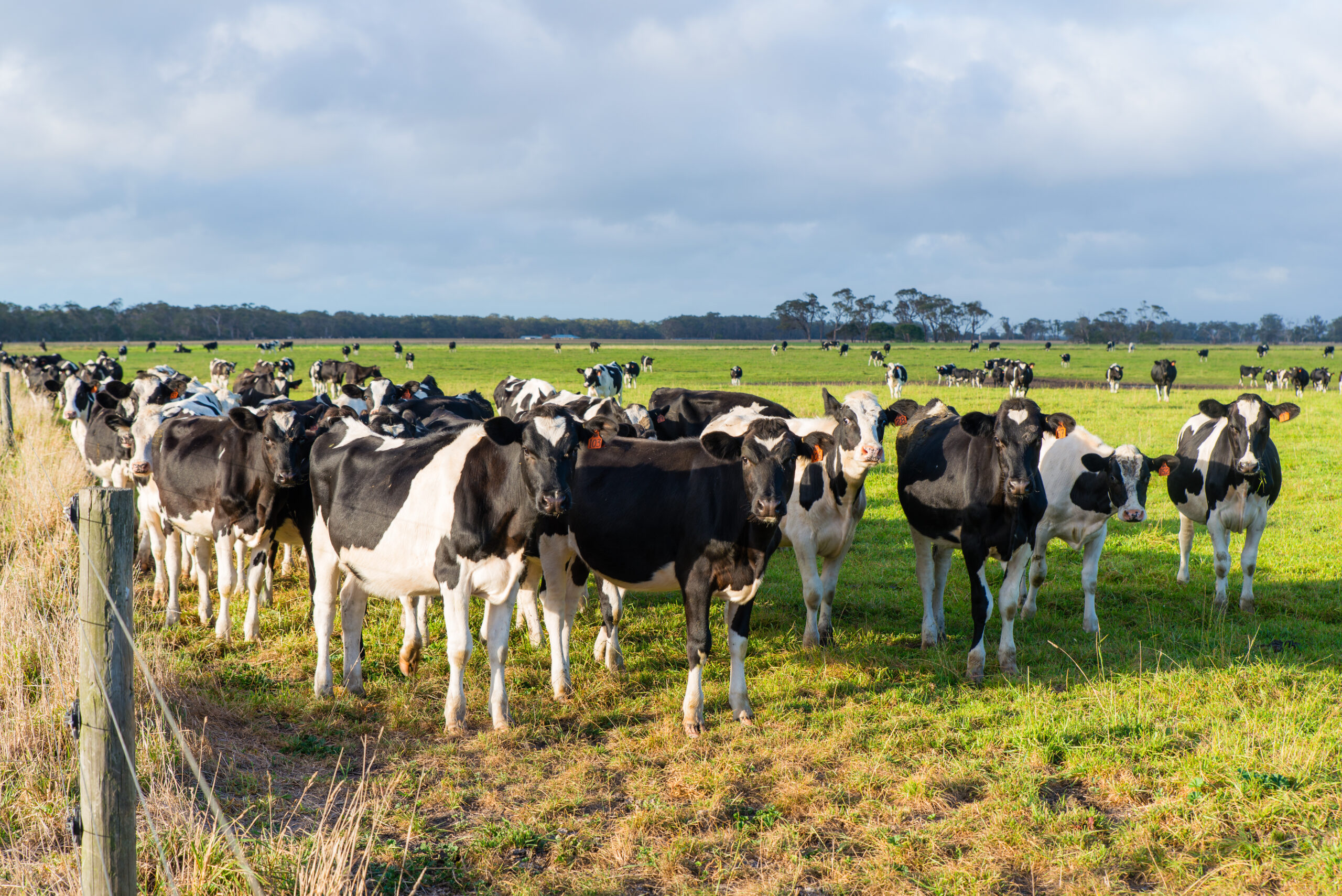
Strategic breeding drives fertility
Greg typically selects three proven bulls each year and uses them across the entire herd.
For heat detection, the team initially drafts using tail paint and confirms oestrus with collar activity data.
The team uses 75 sexed straws and conventional semen across the herd during the first 21 days. The unmated cows are followed up with a synchrony programme designed to achieve the best results with non-cycling cows towards the end of each joining period.
“So, it would be a combination of the genetics and the AI programme which leads to the reasonably high heifer numbers coming into the herd each year. That, alongside the ability to cull with flexibility, is important to us.
In the past, during extreme wet conditions or something similar, we’ve culled all mature cows producing less than 22 litres a day, to ease pressure on pastures.
The addition of maize has led to a significant improvement in fertility, according to Greg. “We’re seeing better fertility in the autumn calvers.”
“Previously, it was about 50/50 between spring and autumn calving, and it wasn’t an issue. We start joining on 20th July for autumn calving and 20th November for spring calving, we’ve seen a substantial increase in the fertility of the autumn calving cows. We’re successfully getting cows in-calf more easily because we’ve been feeding them maize consistently through the winter and joining period. Now, we start feeding maize silage to the cows in December without hesitation, increasing fertility for the spring joining period.”
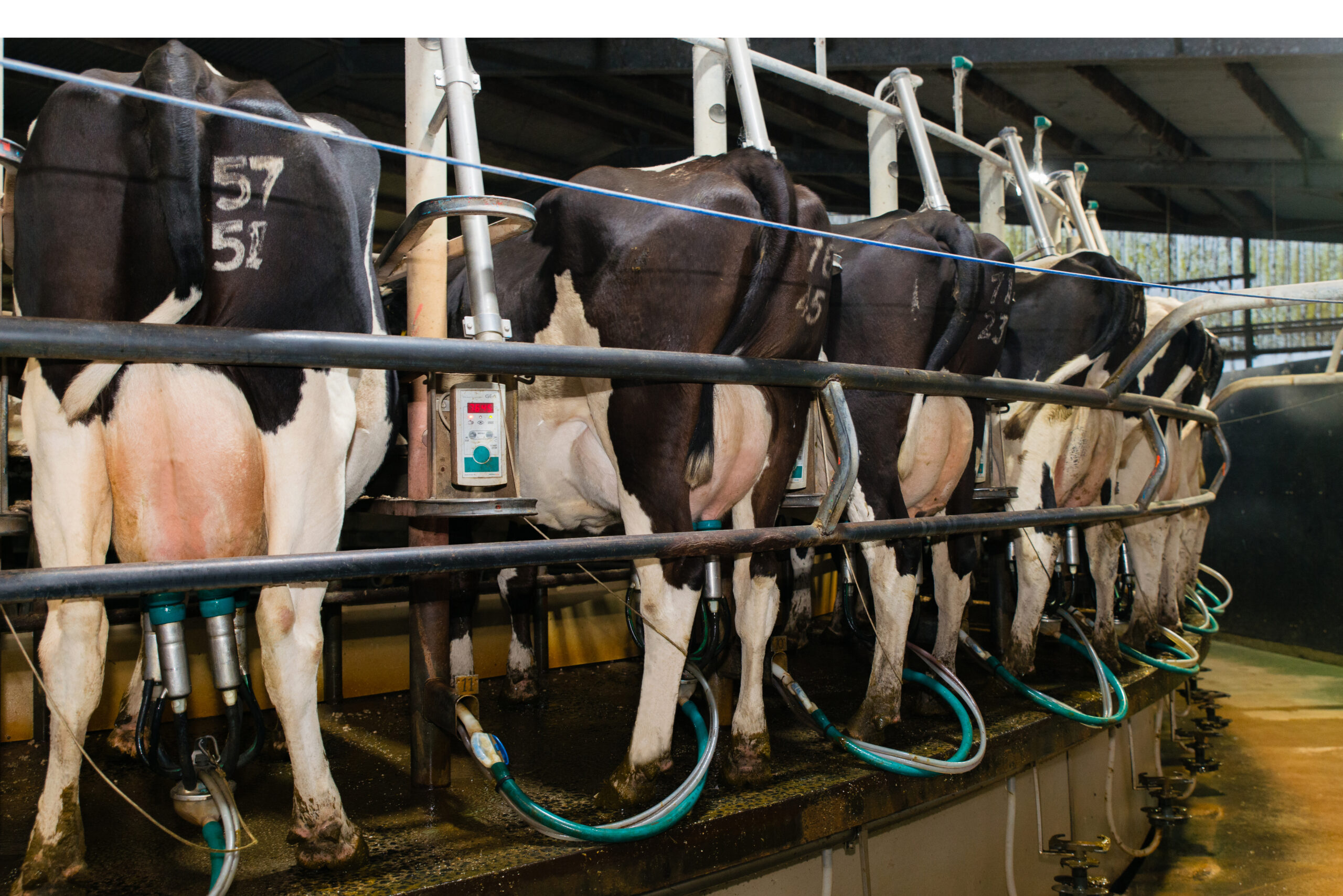
Infrastructure and systems for flexible future
The family owns and operates its own harvest equipment, overcoming the dependency on contractors. The farm also boasts an impressive irrigation infrastructure covering a total of 970 acres, with six centre pivots, a linear-move and 200 acres of bike-shift lateral irrigation. The 500-acre milking platform is mainly sown to perennial ryegrass.
Water management and targeted fertiliser use have significantly boosted pasture production. Fertiliser is applied after each rotation, and the milking platform pasture is topped every rotation from October to April . In addition, paddocks across the irrigated area receive 1 t/ha of magnesium potash lime blend, every 6 months.
Apart from being fed maize silage as much and as often as required for eight to nine months, the cows receive two tonnes of crushed wheat per year, along with 300-400 kg of DDG pellets “We find it increases their appetite to eat more grass,” said Greg. “They also get half a kilo of mineral pellets daily.”
He notes that pasture feed management has changed over the last five years, driven by the wide variation in seasonal conditions.
“We had high humidity in late November, which caused about 30% of the grass to die. We’ve never experienced that before. As a result, we had to replant many areas, which was challenging. That’s why we started including annuals, putting annual ryegrass into some of the problematic wet areas.
When asked – where to next? Greg replied, “We want to explore whether we can run the farm with paid labour so we can take time off too. Taking holidays is something we’ve never really done before, so we’re not sure how to do it,” he said. “Maintaining the herd, production, and having good systems in place will enable us to run the farm with paid labour and allow us to take time off.”
Greg’s top tips
Greg shares his top tips for farmers looking to get into the industry and improve the profitability of a high-input system.
“For young people wanting to get somewhere in life, bite off more than you can chew and give it everything you’ve got.”
Figure out what works for you and your farm through benchmarking, trial and error. Milk a herd, not individual cows, and choose the bulls that will head the whole herd in the right direction.”
He adds, “In my opinion, it’s harder to maintain something than it is to get there!”
